
The general theory of relativity treats gravity as a warping of space-time.
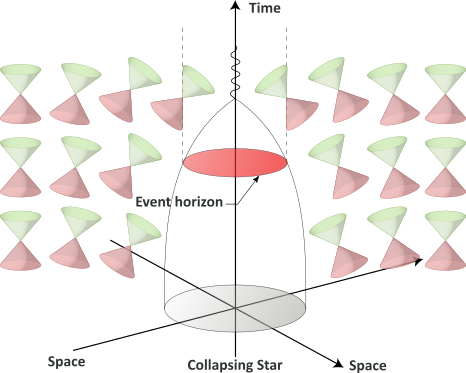
The most extreme case is that of a black hole, which has a spherical event horizon surrounding a central, point-like singularity of enormous gravity.
Light cones are tilted in the vicinity of a black hole so that no messages can ever escape from inside the event horizon.
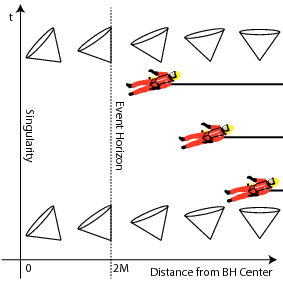
To visualize this, imagine a probe falling into a black hole from both the probe’s perspective and ours.
Your Light cone is a prison.
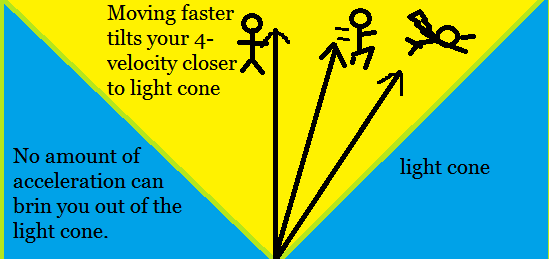
No matter which direction traveled, no matter how fast you go (up to c), you cannot bend your own world line enough to get outside the light cone of your future. Since this future light cone continually expands at c in all diretions, this does not seem like such a terrible trap.
There is a another less innocuous sort of trap: a black hole.
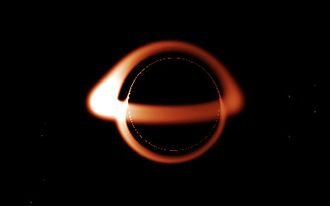
A black hole is object whose gravity is so strong that nothing inside its event horizon—even light itself—can ever escape. The existence of black holes was predicted more than 200 years ago by Pierre-Simon Laplace. Laplace was using Newtonian mechanics and assuming that gravity could affect light, which is now known to be true. If light cannot escape such intense gravity, then the most massive objects in the universe might be invisible to us.
Escape speed is the speed at which an object must be launched from a body so that the object is never pulled back to the gravitational source.
This formula calculates the escape velocity assuming a symetrical and sphereical body
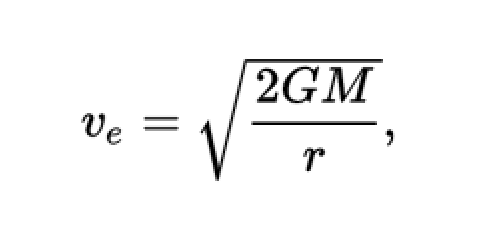
For Earth, this speed is 11.2 kilometers per second. For a black hole, we would think escape speed must be greater than c, but it turns out to not be quite so simple. Newton’s theory is not quite right for extremely strong gravity fields.
The way Albert Einstein’s special theory of relativity describes space-time is a bit like how a flat map shows Earth’s surface.
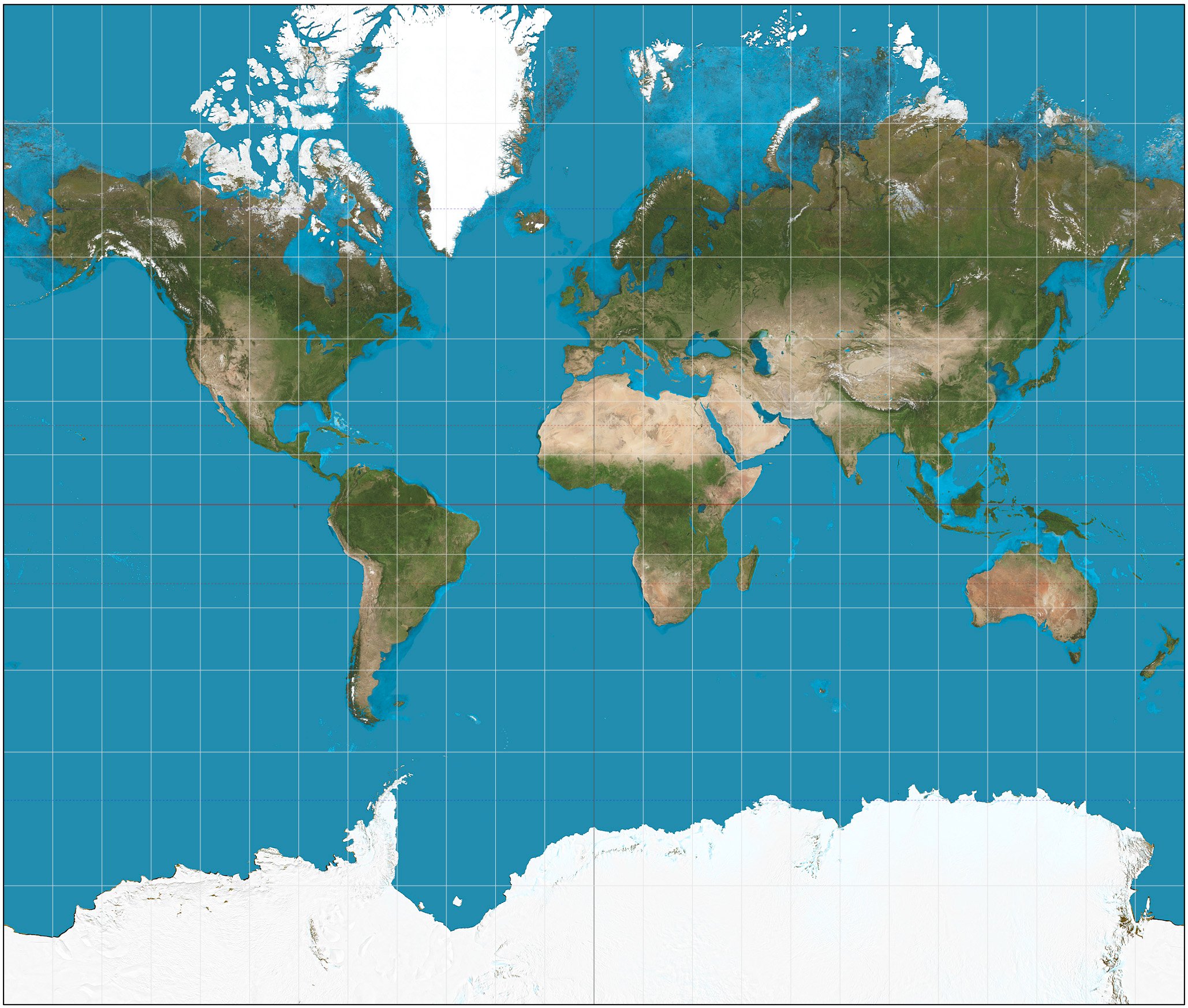
Within a small area like a county a flat map can be quite accurate. For much larger areas like a continent or a hemisphere the flat map is more distorted, because the map squashes a curved surface into a flat one. Special relativity works well for small regions of space-time but not for larger ones, because space-time is actually curved.
The curvature of space is an effect of gravity.

Curvature is produced by mass, and it affects how objects move through space-time that is, it affects the shape of world lines. The general relativity equations, which relate mass and curvature, were proposed by Einstein but were solved by Karl Schwarzschild. Schwarzschild’s solution described the warped space-time around a massive object of zero size. That same math will describe the space-time around any spherical mass. Schwarzschild’s point mass was originally viewed as a mathematical convenience, but now it is taken very seriously.
In the 1930s, astrophysicists began to ponder what happens to a massive star at the end of its life.
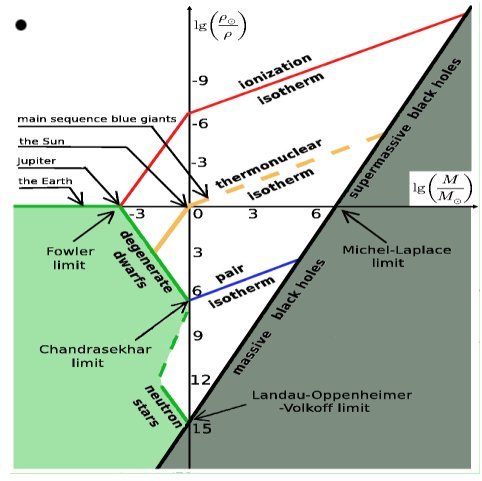
A star is a massive ball of gas that produces energy in its core via nuclear reactions. This energy keeps the star inflated so that the star does not collapse under its own mass. When the fuel in the core is exhausted, a very massive star can form a neutron star, a small but extremely dense object. If the initial mass is great enough, the gravity is so strong that the star collapses into a point mass called a black hole.
END PART 1 OF 3
Light Cones and Black Holes (1 of 3)
Light Cones and Black Holes (2 of 3)
Light Cones and Black Holes (3 of 3)
